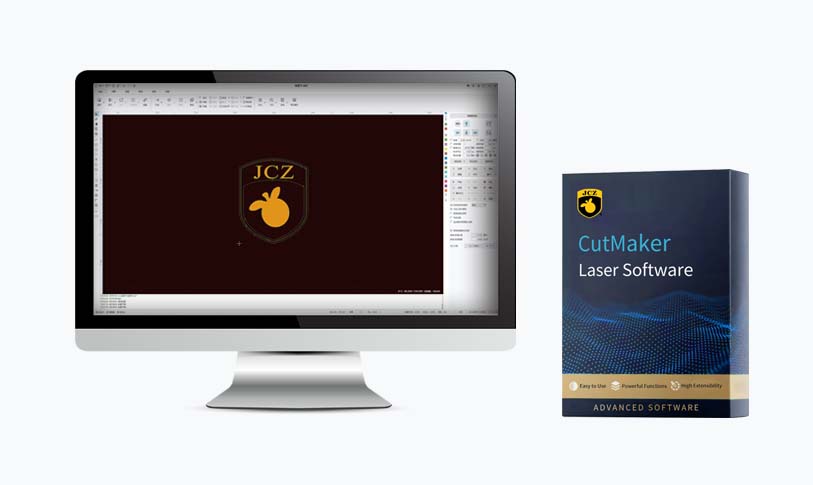
Understanding Fiber Laser Welding: Revolutionizing Precision Manufacturing with Cutting-Edge Technology and Advanced Applications

Understanding Fiber Laser Welding: Revolutionizing Precision Manufacturing with Cutting-Edge Technology and Advanced Applications
**Fiber Laser Welding: Revolutionizing Precision Manufacturing with Cutting-Edge Technology and Advanced Applications**
In recent years, manufacturing has witnessed an extraordinary evolution thanks to advancements in technology. One such innovation that is reshaping the landscape of welding processes is fiber laser welding. This technique utilizes the focused beam of a fiber laser to create high-quality welds in a wide range of materials, offering exceptional precision, speed, and efficiency. In this article, we delve into the principles of fiber laser welding, its advantages over traditional welding methods, and its diverse applications across various industries.
**The Principles of Fiber Laser Welding**
Fiber laser welding employs a high-intensity laser beam that is generated from an optical fiber doped with rare earth elements like ytterbium. This fiber laser is known for its high efficiency and output quality, making it suitable for welding thin materials, where precision is paramount. During the welding process, the laser beam is directed onto the surfaces to be joined, causing them to melt and fuse together as the beam moves along the weld joint. The technology is capable of producing narrow, deep welds with minimal heat-affected zones, thus reducing the possibility of distortion and enabling stronger joints.
One of the defining features of fiber laser welding is its ability to be precisely controlled. The settings such as power, speed, and focal point can be adjusted to suit the specific requirements of the materials being welded. This precision control enhances the consistency of weld quality and reduces the chances of defects, which is crucial in industries where structural integrity is vital.
**Advantages of Fiber Laser Welding**

Understanding Fiber Laser Welding: Revolutionizing Precision Manufacturing with Cutting-Edge Technology and Advanced Applications
1. **Precision and Quality**: Fiber laser welding produces welds that are not only aesthetically pleasing but also very strong. The focused laser beam allows for meticulous control over the welding process, enabling high-quality results for thin materials that require fine craftsmanship.
2. **Speed**: Compared to traditional welding methods, fiber laser welding is significantly faster. The rapid welding speeds lead to increased productivity on the manufacturing floor, making it a preferred choice for high-volume production settings.
3. **Low Heat Input**: The concentrated energy from fiber lasers results in lower heat input, minimizing the risk of warping and metallurgical changes in the base materials. This is particularly advantageous when working with heat-sensitive components or thin sheets, which can be easily distorted by excessive heat.
4. **Versatility**: Fiber laser welding can be used on a variety of metals, including stainless steel, aluminum, copper, and even dissimilar materials. This adaptability makes it ideal for diverse applications across different industries, from automotive to aerospace.
5. **Minimal Post-Processing Requirements**: Due to the quality of welds produced, fiber laser welding typically reduces the need for extensive post-weld cleaning or finishing processes. This streamlines the overall manufacturing workflow and contributes to cost savings.
**Applications Across Industries**
Fiber laser welding has found applications in numerous sectors, showcasing its versatility and efficiency:
– **Automotive Industry**: The precision and speed of fiber laser welding make it perfect for joining automotive components, such as body panels and frames. It is also employed in battery manufacturing, where reliable connections are critical.
– **Aerospace**: In the aerospace industry, where safety and precision are non-negotiable, fiber laser welding is used to assemble aircraft structures and components, such as fuel tanks and fuselage parts.
– **Electronics**: Manufacturers in the electronics sector use fiber laser welding for assembling delicate components like circuit boards and connectors, ensuring minimal thermal impact on sensitive elements.
– **Medical Devices**: The medical device industry benefits from the precision of fiber laser welding, particularly for manufacturing instruments and implants that require sterile conditions and robust quality standards.
– **Energy Sector**: Fiber laser welding is increasingly being utilized in energy applications, including solar panel production and the fabrication of components for renewable energy systems.
**Conclusion**
As industries continue to seek advanced manufacturing solutions to improve efficiency, reduce costs, and uphold quality standards, fiber laser welding stands out as a transformative technology. Its precision, speed, and adaptability to various materials make it a vital process for modern manufacturing. From automotive to aerospace, the applications of fiber laser welding highlight its integral role in the evolution of manufacturing, paving the way for the future of welding technology. With ongoing advancements in laser technology, the possibilities for fiber laser welding are bound to expand, further cementing its position as a leader in precision welding solutions.fiber laser marking


